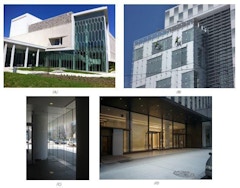
Glass Strength Under Point Loading
Structural glass is used in a range of building applications, and while the ASTM E1300 has recently been updated to provide a design method to

Structural glass is used in a range of building applications, and while the ASTM E1300 has recently been updated to provide a design method to

Glass is a key component in building design. Benefits of utilizing Insulating Glass Units (IGUs) within a building facade are well understood,

The research is structured around complex optical effects of undulated glass and coatings that exhibit high reflectivity, especially at higher

ASTM E 1300 Standard Practice for Determining Load Resistance (LR) of Glass in Buildings defines the load resistance of a glass construction as being
Currently, most spandrel glass in commercial curtain walls comprises insulating glass fabricated using an interior heat strengthened glass lite that

What was once an accepted reality in heat-treated exterior glass, optical disturbances in glass are under increasing scrutiny by developers,

Recent years have seen an increase in the use of insulated glazing units (IGUs) in spandrel applications to visually blend the appearance between the

Glass has become a popular building material that is used not only for windows but also as a load-bearing material. New dimensions of glass panes in
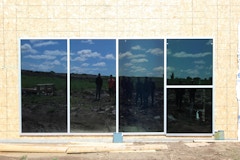
Electrochromic (EC) glass is a seemingly magical solution to a building’s sun shading problems. A technology that was originally developed about

Curtain wall design commonly uses insulating glass units for vision and spandrel glazing to provide better visual harmonization of building facade



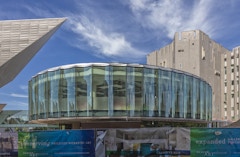
In the very earliest stages of a design, an architect imagines a unique glazed facade form and wonders, “Is this possible?” and “What will it cost?”

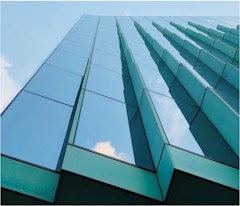
The subject of this case study is the design and construction of a custom corrugated-geometry facade featuring pre-patinated copper and glass for an
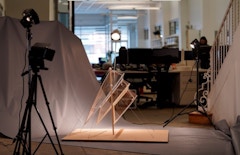
This paper proposes system concepts and fabrication methods for the use of ultra-thin glass in facades. It documents the team's research on
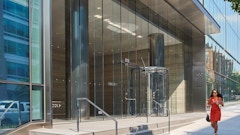
The design of structural glass systems continues to evolve with the parallel development of new manufacturing technology. Improvements in the

The SCALP device is designed to measure the residual compressive surface stress of glass. As the SCALP does not rely on the birefringence properties


